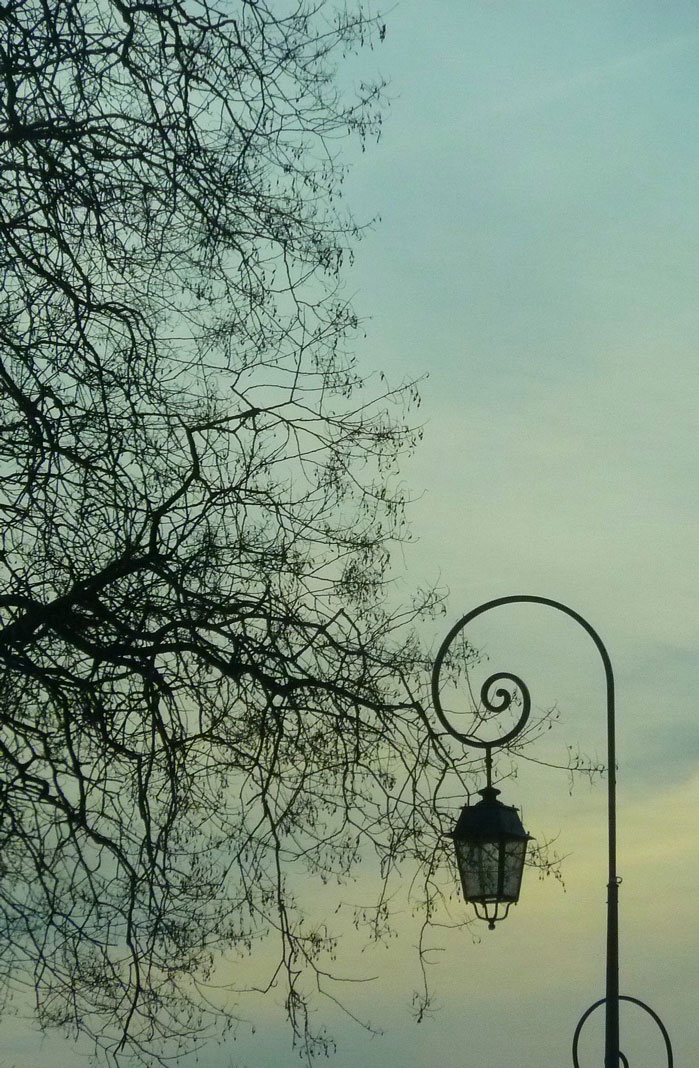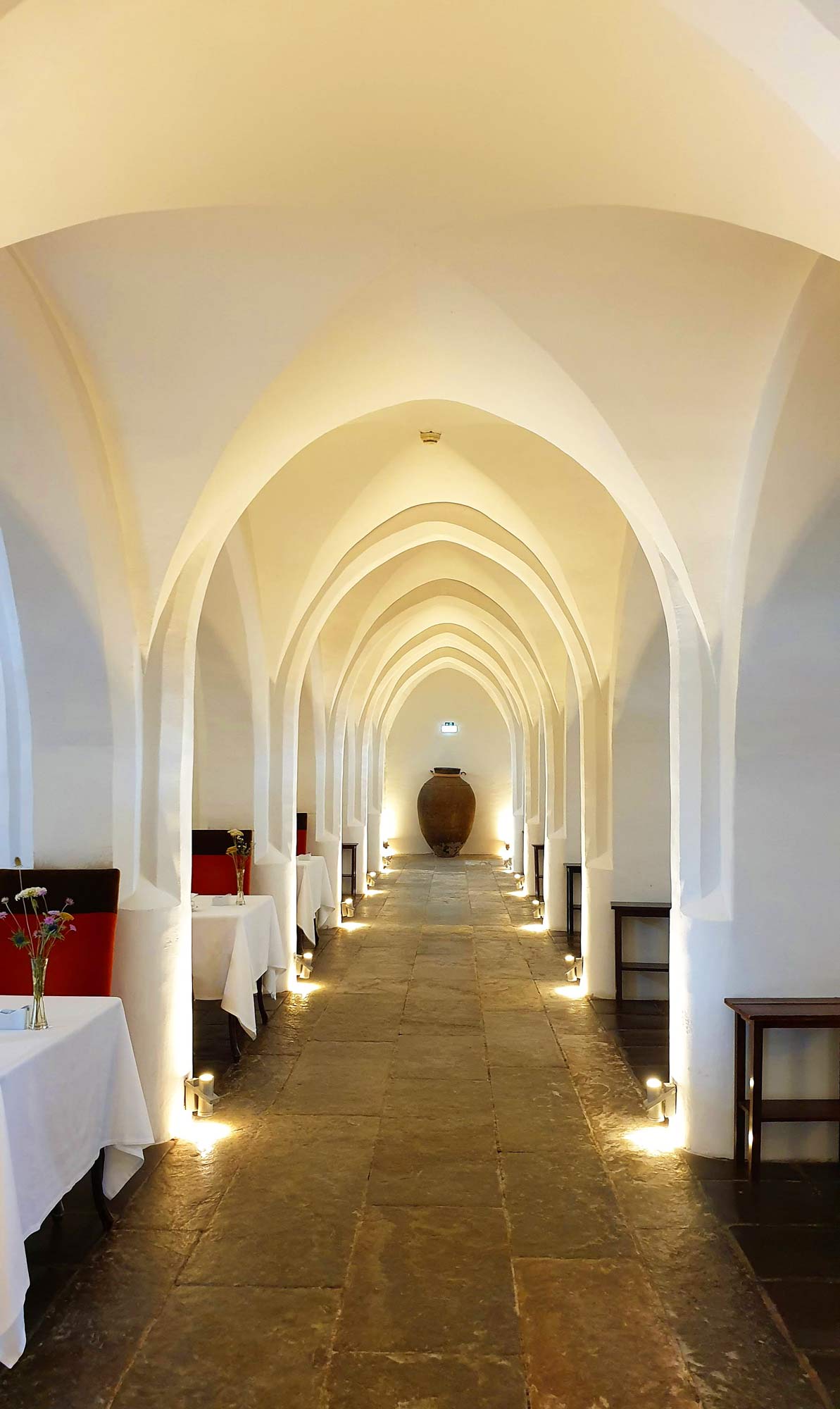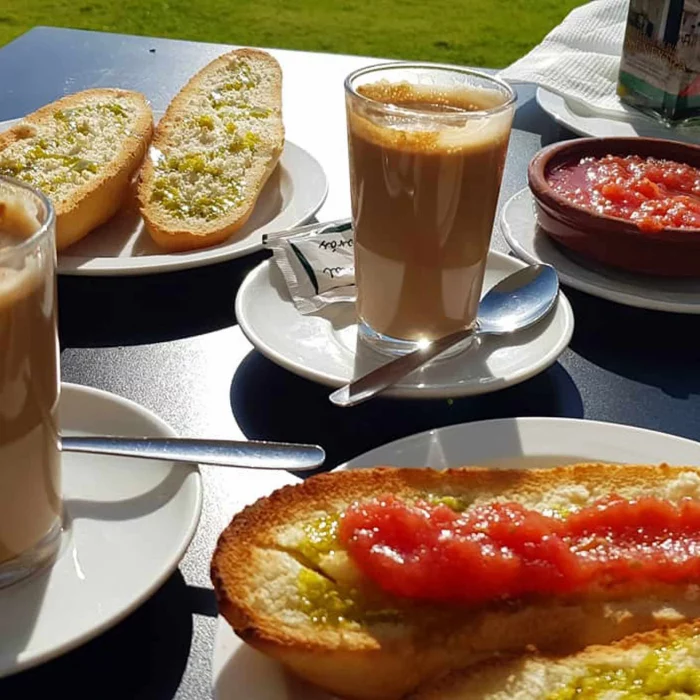
We all love a little magic, and when you cycle the Loire Valley, you will find it. Especially cycling to the little town of Chinon, fortress of the Kings and Queens of France.
How beautiful. How elegant. The Loire town of Chinon packs a punch historically.
What a ride!

The town of Chinon, perched gently on the banks of the Vienne River, glows in soft honey tones and classic grey slate architecture. Summer days bring bees buzzing around flower-filled window boxes. Winter light casts a golden hue on its medieval façades.
Equally, cyclists will find plenty to explore in Chinon’s old town, especially along Rue Voltaire—lined with cobbled streets, 15th-century timber-framed buildings, and cozy cafés. The exposed beams of these buildings attest to a long life, just like the rest of the historic town. It is a place for those who enjoy visiting the home of legends.

Chinon’s history runs deep. It is a small town but packs a power punch in the history department.
It was here that Joan of Arc met the future Charles VII of France in 1429, famously identifying him in disguise. You can even see the stone well Joan of Arc reportedly used as a step to get up on her horse and there is a really wonderful sculpture of her in the main plaza. The Chateau has preserved the only remaining original tower (where she met the King) as a museum dedicated to her. Inside the museum, you’ll find posters, sculptures and artefacts.
Fascinatingly, the museum here also has a small bottle, that was discovered in the 19th century, labelled “Ashes found under the stake of Joan of Arc”. In it was a charred human rib, carbonized wood, a piece of linen and a cat femur – explained as the practice of throwing black cats onto the pyre of witches. In 2006 carbon dating actually discovered that it was an Egyptian mummy from the 6th to 3rd century B.C. The “nose” of the perfumers, Guerlain and Jean Patou said that they could smell vanilla in the remains – a known practice of mummification. Consequently the theory was that the bottle, had been re-labelled at a time of French nationalism.

If feeling strong, cycle up the steep, narrow lane to the royal fortress of Chinon itself. Built by Henry II of England, it stands above the town. It is an imposing place on a bluff with a great view of the surrounding waterways. Henry II, his wife Eleanor of Aquitaine, and their son Richard the Lionheart are all buried nearby at Fontevraud Abbey—a short detour for any cyclist interested in medieval French history. For history buffs, this is the same King who uttered those supposedly fateful words, “will no one rid me of this turbulent priest?” and subsequently ended up getting his one time friend, Thomas Becket, the Archbishop of Canterbury, murdered. He was scandalously stabbed to death in Canterbury Cathedral. English History stems from Chinon.
Henry’s father Geoffrey’s nickname derived from a sprig of broom, or Planta Genista, that he liked to sport in his helmet. Thus was coined the surname of one of England’s greatest dynasties, the Plantagenets, which ruled the country for the rest of the medieval era. The Plantagenet reign died out with Richard III King of England and the subject of Shakespeare’s play. The last English King to be killed in battle, is most known by Shakespeare’s quote, “my kingdom for a horse” as he was overcome by opposing forces.

However, it is Chinon’s queen who is most revered. When Henry married Eleanor of Aquitaine and added her lands of Aquitaine and Poitou he owned more land in France than the King of France Louis VII (Eleanor’s first husband who had had their marriage annulled). Knowingly high spirited, she insisted on going with Louis on the 2nd Crusade to the Middle East. Although 9 -10 years older than Henry, Eleanor was seen to be quite a catch and a good match for Henry, financially, intellectually, and culturally. On 25 October 1154, Eleanor’s second husband became King of England. Eleanor was crowned Queen of England by the Archbishop of Canterbury.
Chinon’s Love Match that wrote Royal Legends
Obviously, their marriage was an outstanding political move, though not easy going at times, and produced 5 sons and 3 daughters. In fact, one of these being England’s most significant historical figures, Richard the 1st or Lionhearted. Born in Chinon and first to take as his motif, the 3 Lions. The other, was King John (who later signed the Magna Carta). Additionally, both feature in the famous Robin Hood fable!
Untrusting, Henry imprisoned Eleanor at Chinon for 13 years and near the end of his life, sought refuge and died there later of a nasty battle wound in 1189. They, as well as Richard the Lionhearted are buried in nearby Fontevraud Abbey which you can cycle to.

Rabelais, Resistance, and Loire Legends in Chinon
Chinon is also the birthplace of François Rabelais, the rebellious Renaissance writer and father of the French language. His irreverent satire and earthy humor earned him a place on the Catholic Church’s Index of Forbidden Books. An example of his works shows why many took such offense at his craft. His delivery of why everyone should use the neck of a goose as toilet paper, is particularly a bit of naughty verse in Gargantua, published 1534! There is a statue of him, near the river, spared during WWII thanks to local efforts.
Cycling the landscape of the Loire to Chinon

Chinon’s beautiful harvest, Wine
Whether you’re following the renowned Loire à Vélo route or exploring lesser-known paths, this journey is a must. Lovers of French culture, history, and, of course cycling will be enchanted. Chinon is one of our favourite stops on the Loire and it will check the boxes for visitors. As besides being historic, it is delicious with a wide variety of wine to try!
On your way to Chinon, travel by the vines that feed the tables here. The Chinon demarcation red wine zone is one of the best ways to celebrate your Loire Valley cycle trip.
The Loire Valley is a land of fine wine and ancient terroir. The vineyards around Chinon, Bourgueil, and Touraine offer ample opportunities for a wine-tasting break on your cycling adventure. Both use almost exclusively the Cabernet Franc grape (like in Bordeaux). Most wines of these districts are aged at least 5 years and some up to 30 or 40!
Although much of the drinking age depends on where they grow – sandy soil of the valley gives well to drinking wines young. Whereas, the chalky cliffs of the plateau is better for a more mature wine. All go well with meat, game and nicely with the gorgeous local goat’s cheese.

Cycling in town, is not without some inclines but a far cry from the Massif Centrale or further south’s Pyrenees. However, it has featured in the most watched sports event in the world, the Tour de France. The Tour began in 1903 as a newspaper stunt, and was called ”a monstrous race”. Today it remains the world’s most-watched sporting event. The Loire’s inclusion shows off its cycling appeal—not only scenic, but culturally rich and deeply French.
The Loire makes a regular appearance in the Tour with it passing very close in 2011, to the Château Chenonceau. Close by Loire towns have had stage finishes such as Blois in 1992 (Miguel Indurain), 1999 (Mario Cipollini) & 2005 (Lance Armstrong, Team Time Trial).
.
This year, 2025, for the first time ever, Chinon will host a Tour de France stage Depart, bringing new excitement to the town and drawing international cyclists. Pogacar, Vingegaard, Evenepoel, Van der Poel and Van Aert and will be lining up at the stage 9 depart in Chinon’s centre, Quai Joan de Arc on the 13th of July. A most colourful addition to Chinon’s long and varied history!


Plan Your Loire Cycling Adventure Today
Whether you’re cycling for the castles, the wine, the stories, or the sheer pleasure of the ride, France’s Loire Valley offers some of the most rewarding cycling routes in Europe.
Ride through history. Taste the terroir. Experience the magic of cycling the Loire Valley by visiting the royal historic town of Chinon.

“From Paris .. following the Loire, which flows on still and silent, our men are going to race madly, unflaggingly.”
Henri Desgrange, 1903 founder of the TdF


Why Cycling the Loire Valley is Unmissable
France’s love for la petite reine (“the little queen” — the bicycle) is something every traveler should experience. On a bike, the Loire Valley unfolds at the perfect pace. Scenic views, wine stops, and historic marvels at every turn. Chinon is just one of these fascinating places to cycle to.
Quick Tips for Cycling the Loire Valley:
• Best time to go: May–October (summer for wine festivals and long days)
• Top route: Loire à Vélo (900 km, family-friendly and well-signposted)
• Terrain: Mostly flat to rolling, with occasional inclines—manageable for most cyclists
• Don’t miss: Château d’Ussé, Azay-de-Rideau, Chinon fortress, Fontevraud Abbey, local markets
________________________________________





